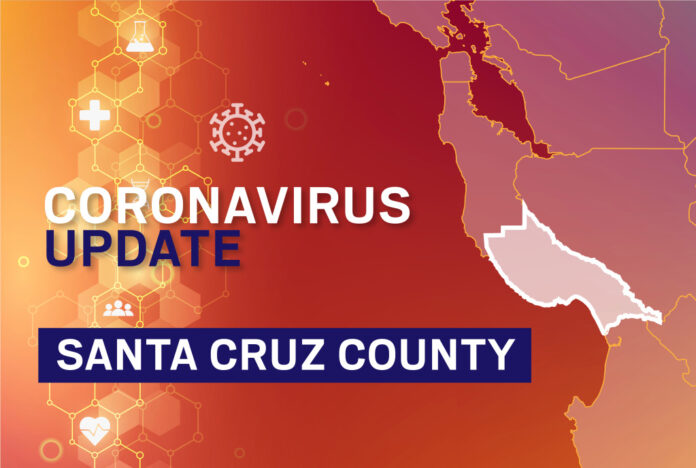Hundreds of COVID-19 tests that have already come back positive sat unreported in Santa Cruz County as of Thursday, health officials there said, due to continued technical problems with the state’s online database.
Two-thirds of the county’s 848 publicly reported cases have come in the past two weeks, Dr. Gail Newell, the county’s health officer, said Thursday, and she expected that number to be “well over 1,000” by early next week.
“We’re overwhelmed by the sheer number of cases that are increasing every single day,” Newell said. Although the county has a larger contact-tracing operation than recommended by the state, the spread has grown too large to test and trace every case.
The numbers already in the system were enough to push the county over one of the state’s monitoring thresholds for the first time of the pandemic, and officials expect new restrictions from the state to come by next week.
By the county’s count, its per-capita number of cases over the past 14 days went over 100 per 100,000 residents on Wednesday, meaning it should appear on the monitoring list by the weekend and indoor businesses would have to close by some time next week.
“After three days on the monitoring list, we will be asked to put further economic restrictions in place,” Newell said. “We’re day two of six before we start working on health officer orders.”
Those orders would close all gyms, places of worship, malls, nonessential offices and personal services, like hair and nail salons, placing Santa Cruz in line 90% of the state’s population and every other Bay Area county, except for San Mateo, which has also been dancing above and below the monitoring threshold.
This news organization, which compiles county-reported data in real time, shows a per-capita rate in Santa Cruz of about 126 cases per 100,000 residents over the past 14 days. The state uses a slightly different formula, however, categorizing cases by date of infection. Its method also reflects a seven-day delay to capture any inconsistencies between counties.
Those only reflect the infections captured by tests. The actual number of cases could be 20 to 30 times greater, Newell estimated.
“With testing scarcity, I would say the number of asymptomatic people who have no idea they’re infected is much greater than nine times our number of cases,” she said. “I would say it’s closer to the 20 or 30 that has been quoted in earlier times during this pandemic. So instead of 1,000 people who are infected in our community, it may be 20,000 or 30,000.”
County officials also reported the fourth death associated with the virus: a man in his 70s, who tested positive for COVID-19 upon being admitted to the hospital for heart issues.
Local officials didn’t have control over the CalREDIE delays, but they moved to alleviate another hurdle when it comes to timely test results. The lab at UC Santa Cruz will receive $1 million of Santa Cruz County’s federal CARES Act money to quadruple its capacity to process tests.
Currently, the county is prioritizing tests taken by patients at hospitals or through private health care providers. Dr. Mimi Hall, the director of the county’s health care services agency, said she has tried to make an appointment at the state-operated testing site at Ramsey Park and been unable to for weeks. That site sends its specimens to be analyzed by the large lab Quest Diagnostics, which has been experiencing nationwide delays.
Test results that come three weeks after a specimen was originally collected are “totally useless,” Hall said.
The nationwide testing delays are due to a global shortage of the reagent needed to run the tests, Hall said, while the lab at UC Santa Cruz has an “ample supply” — they just need more equipment.
“We help them get the equipment they need, they have an ample supply of the reagents they need,” Hall said. “They’re not reliant on a commercial entity to produce those.”
With the Ramsey Park site due to sunset on Aug. 31, county officials hope to maintain and even increase testing capacity by integrating it into people’s routine medical care. The UCSC lab won’t administer tests; it will process tests, which the county hopes to implement where people would normally receive care, rather than a standalone site.
The county of about 273,000 people has been a beacon of hope in the region, but its fate has begun to change. It was still one of five counties with at least 100,000 residents and fewer than 1,000 total cases, but that list was expected to shrink to four in the next few days, making Napa the most-populous county with fewer than 1,000 cases.
Still, Santa Cruz has the fewest cases per capita of any county in the Bay Area. But they are increasing “dramatically,” Newell said, and soon, the county will find itself in the same position as the rest of the region.






